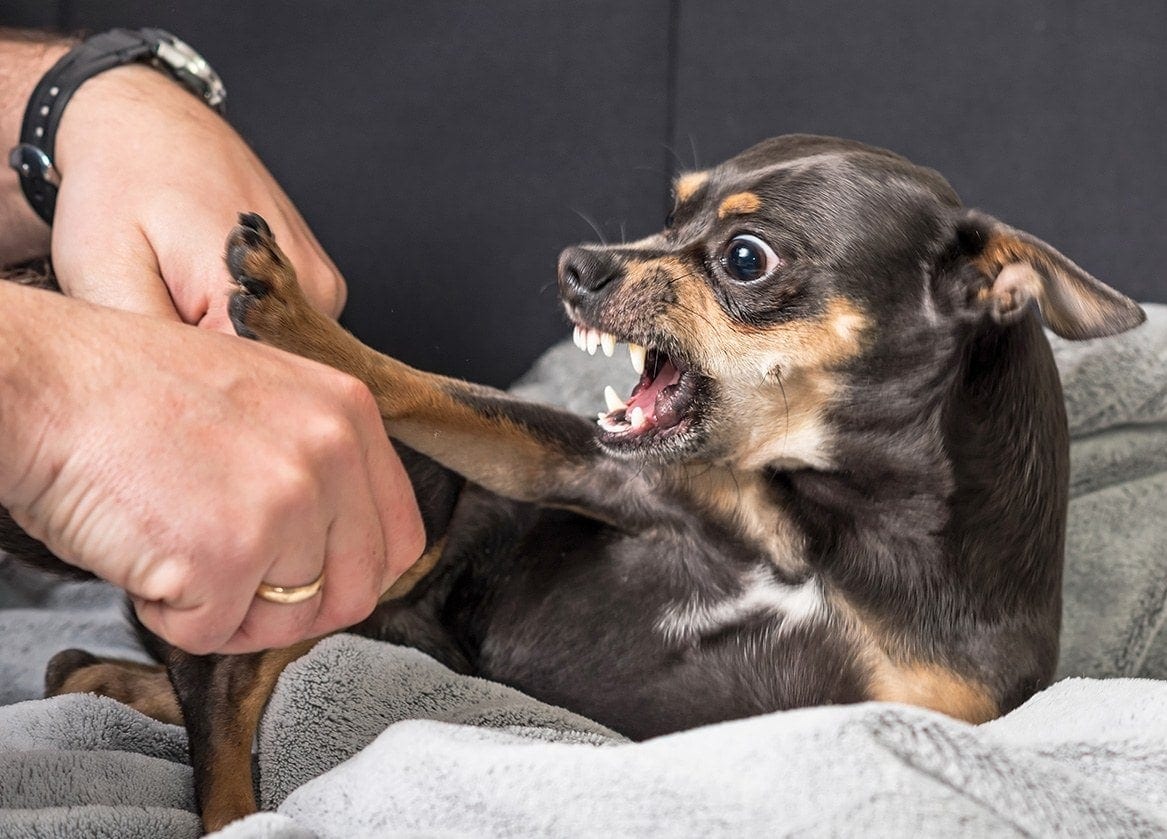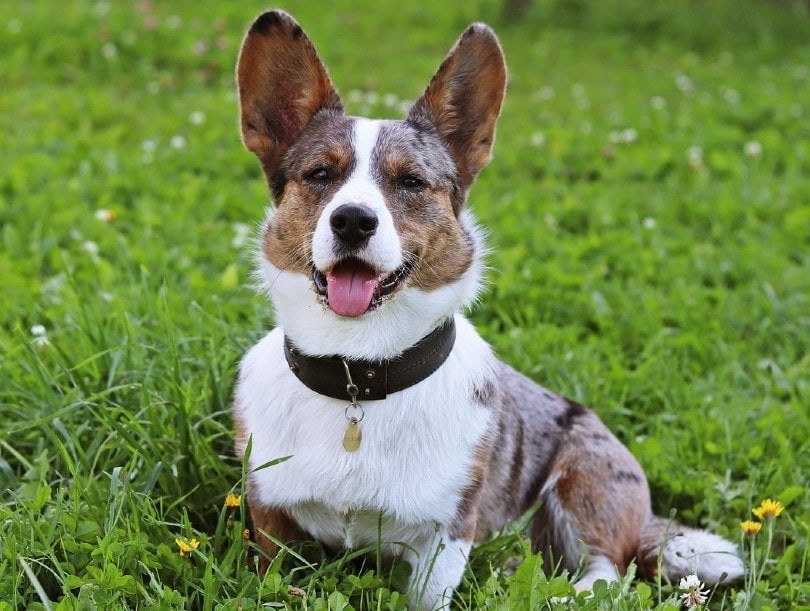Can Dogs Eat Steak? Vet-Reviewed Facts & Safety Guide

Updated on
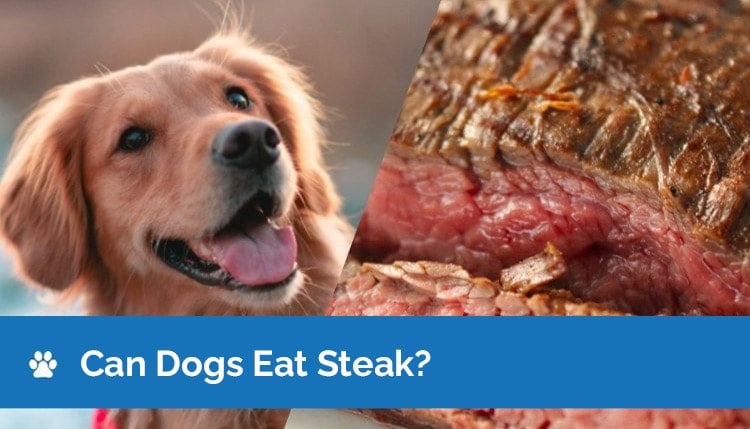
Steak is a very popular food in many homes, and if you just became a dog owner, it’s perfectly natural to have a lot of questions about the safety of feeding your dog steak. Is steak safe for dogs? The short answer is yes. Your dog can eat steak, but there are some things to consider before you make it a regular part of their diet.
Join us while we take a look at the pros and cons of feeding your dog steak, as well as the best ways to serve it to keep your dog healthy and happy.
Is Steak Bad for My Dog?
There are several reasons that steak can be unhealthy for your dog.
High in Cholesterol
Steak is often high in cholesterol, though the precise amount will vary depending on the cut, grade, and the diet of the animal the steak was made from. Nonetheless, cholesterol is definitely undesirable in a dog’s diet, especially if your dog suffers from health issues like diabetes, hypothyroidism, or pancreatic insufficiency.

High in Fat
Another downside to feeding your dog a lot of steak is that it contains a lot of fat (16.2 grams of a 3-ounce serving of trimmed ribeye), and most of that fat is saturated. Excessive fat can lead to digestive and other health issues in your pet, along with obesity if consumed frequently. With obesity in dogs at an all-time high in America, you should take every step to keep your pet healthy.
Raw Steak
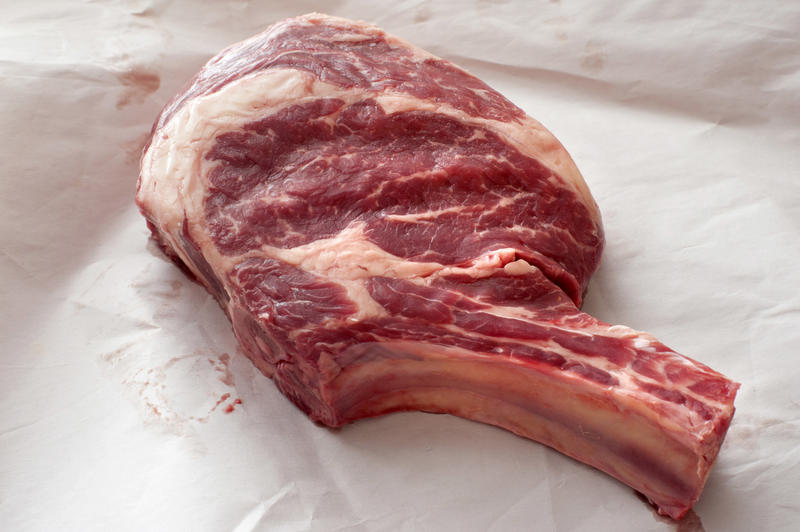
Fresh raw steak is good for your dog and is an excellent source of protein. However, polluted raw meat can quickly grow bacteria, which can upset their stomach and cause issues that range from diarrhea to serious infections. Common bacteria contaminating raw meat are Salmonella, E. coli, and Listeria, which can be harmful to pets and their humans.
Another thing to be concerned about when feeding your dog raw meat is that they might throw the meat around, contaminating unintended surfaces with the raw meat, which can cause bacteria to grow in unexpected areas of the home. If you choose to give your pet raw meat, you will need to ensure that it is from a reliable source that practices sanitary handling, and you will also need to practice extreme sanitary controls at home. Clean preparation surfaces, and contain your dog’s feeding sessions in a small area that you can thoroughly sanitize when your pet finishes eating.
If you choose to give your pet raw meat, you will need to ensure that it is from a reliable source that practices sanitary handling, and you will also need to practice extreme sanitary controls at home. Clean preparation surfaces, and contain your dog’s feeding sessions in a small area that you can thoroughly sanitize when your pet finishes eating.
Other Ingredients
Another problem with feeding your dog steak is not the steak itself, but rather what you may be feeding along with it if you are giving your dog table scraps.
Butter
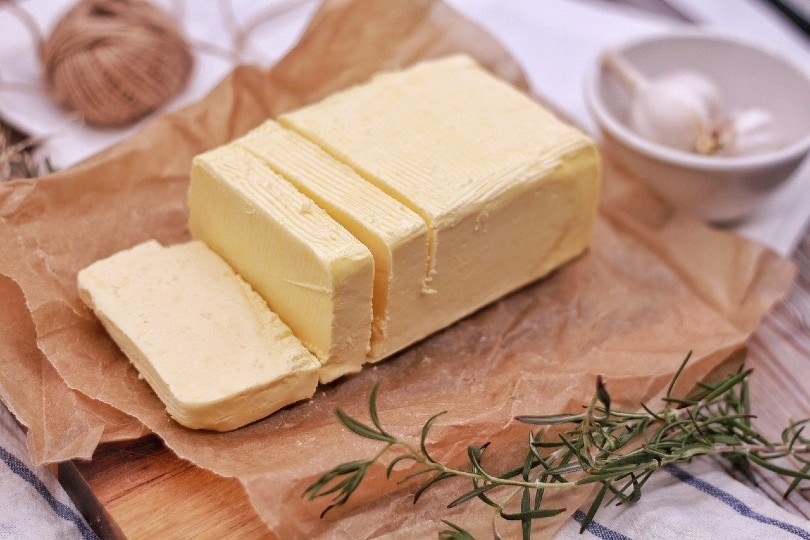
Many people put butter on their steak, and even if it’s only a small amount, it only adds to the calories and fat of the already fatty steak. Excessive fats can cause an upset stomach. Butter is also high in fat, which can lead to obesity in your pet.
Spices
Many common spices used to season steak can be harmful to your dog. Onions and garlic can cause vomiting and diarrhea, and since these are toxic to canines in large amounts or small amounts over time, they can also damage your pet’s red blood cells. Salt is another spice many people put on a steak that can lead to increased thirst and should be limited in a dog’s diet. Salt can be especially dangerous for dogs with thyroid or heart conditions.
Is Steak Good for My Dog?
Steak is an excellent source of protein, iron, and vitamin B6.
- Protein — The total yield of protein from steak depends on the cut, but all steaks do contain protein. Protein helps your dog build strong muscles, provides them with energy, and helps them feel full longer.
- Iron — Iron is a building block of red blood cells, and it is required by your pet to keep them from becoming anemic.
- Vitamin B6 — Vitamin B6 is a required nutrient that takes part in countless chemical reactions in the body.

How Should I Feed Steak to My Dog?
You should feed your dog steak as an occasional treat due to the high cholesterol and saturated fat present in the meat. We recommend limiting the portion to no more than 3 or 4 ounces and cooking it first unless you are sure the meat is not contaminated.
Grill, bake, or broil the steak to at least medium-rare with no spices or oils. Allow it to cool, and cut it into bite-sized pieces your pet can manage before serving it.
The cooked steak will keep for 3 days in the refrigerator, so you can have treats for several days to help reduce how much your pet eats at once, all while providing them with a treat they will enjoy.
Conclusion
Steak is a species-appropriate addition to your dog’s diet. In moderation, it can be a great source of protein that your pet will love. However, it is also high in fat and should only be offered in small servings to prevent weight gain.
Remember to speak with your veterinarian before including any new foods in your dog’s diet, and only prepare allowed foods in a dog-safe way, avoiding extra oils, deep fries, and seasonings, especially onion or garlic.
We hope you have enjoyed reading about the health benefits and risks of feeding steak to your dog.
You Might Also Be Interested In:
- Can Dogs Eat Brisket? Is There a Reason They Shouldn’t?
- Can Dogs Eat Carne Asada? Vet Reviewed Facts & FAQs
Featured Image Credit: Roundhere44, Pixabay



